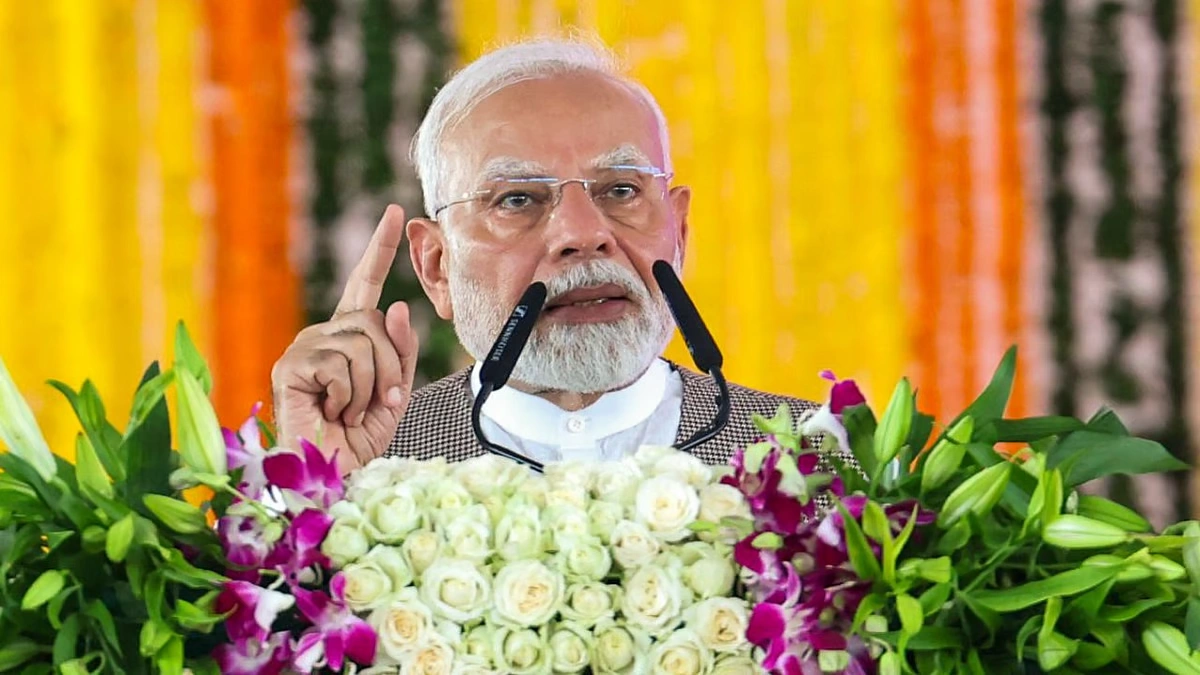On Monday, January 20th, Donald Trump was sworn in as the 47th President of the United States, following a ceremonial transition of power at the Capitol Rotunda. With freezing temperatures outside, the event, attended by former presidents, influential tech billionaires, and lawmakers, was a dramatic moment in American history, marking the end of one administration and the beginning of another. Trump’s inaugural speech set the tone for his presidency, promising a bold new vision for America, which he claims is on the brink of a “golden age.”
At the start of his address, Trump declared that “the golden age of America begins right now,” positioning himself as the leader who would bring the country back to greatness. He promised to prioritize the interests of Americans, emphasizing that the tide of change was sweeping the nation, with America’s decline now officially over. However, Trump quickly shifted to more confrontational rhetoric, taking aim at his political rivals and past administrations, particularly the Biden government, which he accused of mismanaging crises both at home and abroad.
One of the key themes in Trump’s speech was unity. He called the day “liberation day” and claimed that his victory was evidence that the country was “rapidly unifying behind our agenda.” Trump expressed his desire to be remembered as a peacemaker and unifier, closing his speech with a message of unwavering strength. “We will not be intimidated. We will not be broken and we will not fail,” he declared.
Trump also outlined several expected executive actions that he would take immediately following his inauguration. He announced plans to declare a national emergency at the US-Mexico border, signaling a strong stance on border security. Trump also promised to sign an executive order to curb government censorship and restore free speech in America. These measures are likely to be controversial, especially considering his rhetoric surrounding immigration and national security.
On immigration, Trump delivered a sharp critique of the Biden administration’s handling of border security, blaming it for allowing “dangerous criminals” to enter the country illegally. He claimed the previous administration had failed to protect American citizens from threats, and he vowed to take swift action to secure the nation’s borders.
Trump also addressed several other pressing national concerns in his speech. He expressed alarm over the United States’ response to recent natural disasters, including the deadly wildfires in Los Angeles and Hurricane Helene in the southeastern U.S. He claimed that the federal government’s failure to deliver basic services during emergencies, such as the wildfire response in California, was unacceptable.
Energy policy was another focal point of Trump’s address, as he reiterated his commitment to an energy policy that would prioritize domestic drilling to reduce inflation. His stance on clean energy initiatives and international trade policies also stood out, with Trump pledging to overhaul the nation’s trade system, imposing taxes and tariffs on foreign goods to benefit American industries.
The president also took aim at the U.S. public health and education systems, criticizing both for failing to adequately serve citizens. He claimed that schools were teaching children to hate their country, a sentiment that echoes his long-standing rhetoric about the “radical left” influencing American culture.
Perhaps the most pointed part of his speech was his attack on President Joe Biden, whom he accused of failing to manage both domestic crises and international challenges. Trump’s remarks painted a picture of a country in disarray under the Biden administration, contrasting it with his own vision of strength, order, and prosperity.
As the new administration settled in, preparations for the Trump family’s return to the White House were underway. While the inauguration was taking place, moving trucks were seen outside the White House, as staff worked to remove the Biden family’s belongings and prepare the residence for the Trump family’s arrival. By the time they moved into the White House later that afternoon, everything was in place, from clothes in the closets to unpacked personal effects.
The transition from Biden’s White House décor to Trump’s was also symbolized by changes in the Oval Office. A rug designed by former First Lady Nancy Reagan, which Trump had used during his first term, was brought back, and a portrait of Andrew Jackson, another historical figure admired by Trump, was added to the office’s walls.
In terms of fashion, Melania Trump’s outfit for the day was a standout. Designed by New York-based milliner Eric Javits, her hat—a structured design that nearly obscured her eyes—was paired with a military-style ensemble, lending an austere yet elegant air to the occasion.
With this inaugural speech, Donald Trump has set the stage for the next four years of his presidency, emphasizing his commitment to reshaping America’s future through strong policies on immigration, national security, and economic reform. While his address was filled with promises of unity and strength, it remains to be seen how his administration will tackle the challenges ahead.
ALSO READ: Trump Declares End To Social Engineering Policies, Advocates Merit-Based Society























